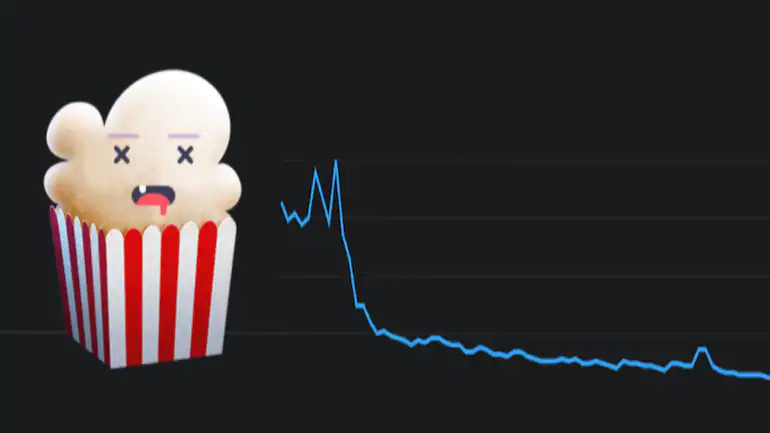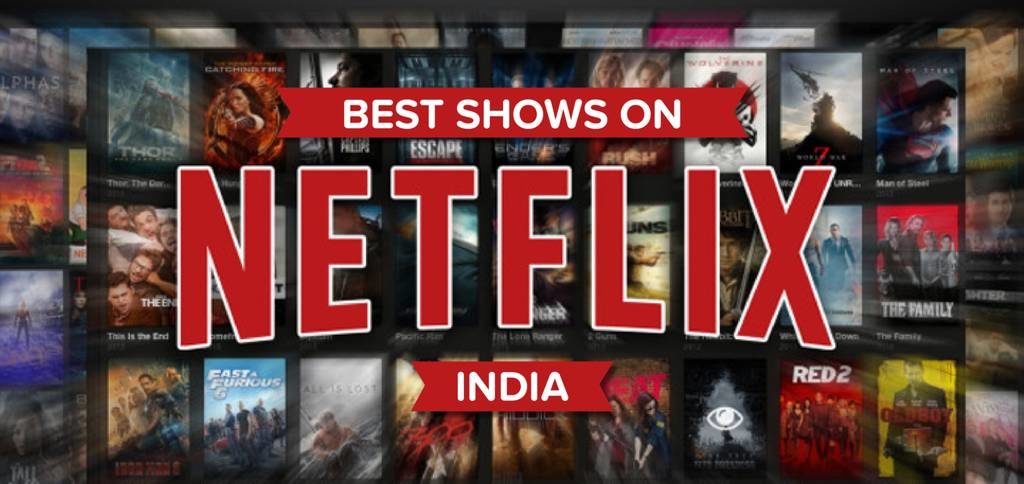Popcorn Time Shuts Down Making It A Big Win For Netflix.
Popcorn Time is once known as the “Napster of movies”, has reached the end of its usefulness. Since the app’s initial launch in 2014, the entertainment landscape has changed dramatically. When there are affordable, convenient, and legal alternatives, the public, like with music, has shown a willingness to pay for content. Today’s announcement was prompted by the multitude of streaming video services available to consumers.
Since going public in 2014, Popcorn Time has been avoiding legal closures due to various laws against content piracy. The crackdown was so severe that the streaming service on the Popcorn Time website was discontinued years ago. After that, it managed to stay afloat as an app. Because the service was based on open-source code, it was frequently mentioned by developers online.

Naturally, this was a major source of concern for Netflix and other streaming services, which were losing money as a result of their original content being streamed for free. Large movie releases have also moved to the digital space since the pandemic began. One of the product’s developers told Torrent Freak shortly after the launch that everyone who worked on Popcorn Time was a big movie fan and that most of them had Netflix accounts. The developer believed that seeing a movie in a theater was the best way to experience it, but that isn’t always possible, which is why Popcorn Time was created.
The graph on the Popcorn Time website offers a unique perspective on the events that have occurred. Because it was not legal repercussions that forced Popcorn Time to close, Netflix and others must have brilliantly captured the digital content space for the average user to lose interest in the free service.
“We’re disappointed that we won’t be able to watch some movies at home. Popcorn Time is an experiment to show that you can do something better for the users with BitTorrent,” the developer explained.
source: https://www.techspot.com/
Naturally, Hollywood was not impressed with this concept, and the original app was quickly removed. Supporters persisted, and multiple forks were eventually developed to keep the concept alive. There would be a slew of legal challenges, but that would not be the service’s demise.
The Popcorn Time team told Torrent Freak that the service was shut down due to a lack of interest from the pirating community. One of the other reasons is the simplicity of the pricing plans. Netflix slashed the prices of its subscription plans in India just last month. The most affordable plan in the bunch now starts at Rs 149, but it comes with its own set of restrictions. It’s easy to see why people would prefer to pay such high prices to watch pirated content.
The team noted, “It’s time to say goodbye.” “Popcorn Time is no longer required in the world.” Though the battle for streaming giants is far from over, there are still a number of other places where pirated content can be found that need to be shut down. The way they handle these issues will be interesting to watch.


 and share them with their friends.
and share them with their friends.